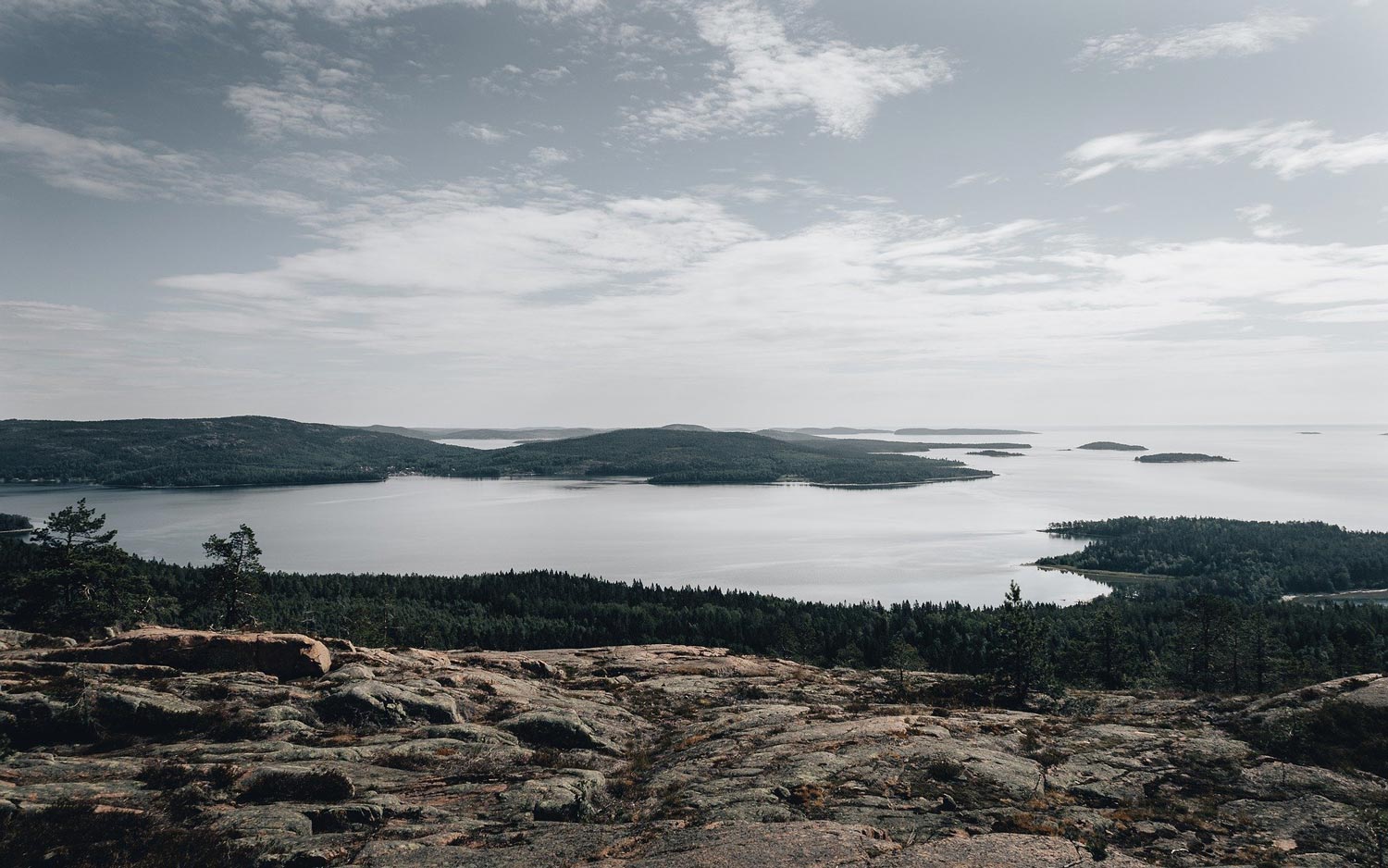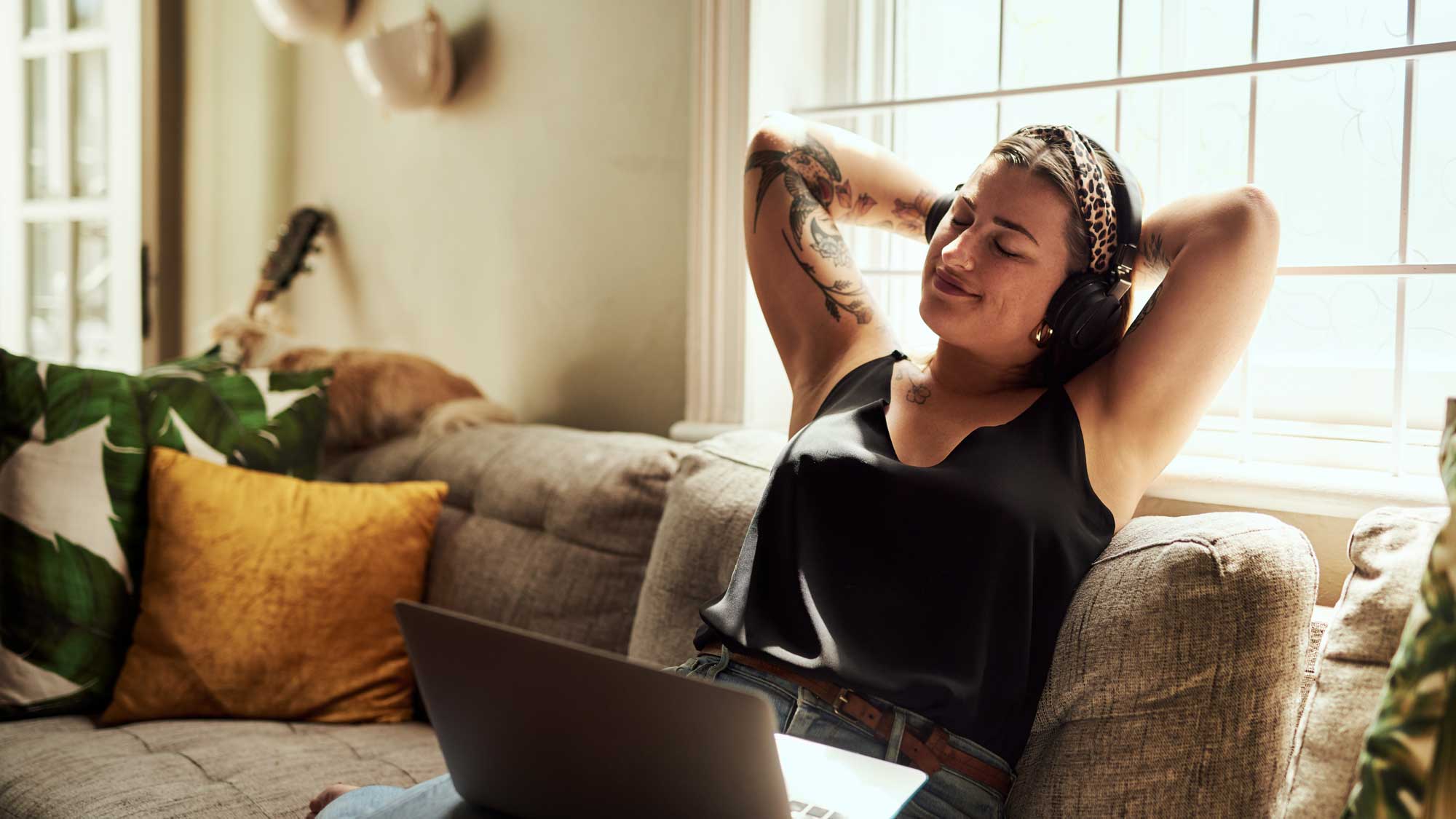Experiencing a shift in mood and periods of sadness during the winter is common. However, for nearly 16 million Americans, these changes are more than “winter blues.” Seasonal affective disorder, or SAD, is a form of depression that is impacted by shorter, less sunny days. Despite so many people experiencing SAD, there are still a lot of myths surrounding it.
Myth: SAD only happens in the winter
10% of SAD cases occur during warmer months. Researchers believe it to be caused by too much sunlight and a deficit of melatonin in the brain, throwing serotonin—the happy hormone—off-balance. Some studies suggest that summer-induced SAD is associated with higher temperatures. These studies also indicate there can be an increase in manic behavior in those diagnosed with bipolar depression. Spending time in a darkened, air-conditioned room can bring relief when the light and heat feel overwhelming.
Myth: Everyone is at equal risk of experiencing SAD
Three out of every four people with seasonal affective disorder are women, according to Mental Health America, and age can have an impact on risk, as well. The average age of a person first experiencing SAD is between 18 and 30 years old.
Myth: SAD isn’t that serious
Depending on a person’s history of mental health, seasonal affective disorder can be a debilitating experience. Like major depressive disorder, SAD can lead to symptoms including:
- Loss of interest in activities
- Low energy levels
- Feeling hopeless or worthless
- Difficulty concentrating
- Changes in appetite or weight
- Sleep pattern changes
- Thoughts of death or suicide
Valley Oaks Health is here to walk through the journey of seasonal affective disorder with you, and our trained counselors can help you reclaim your mental well-being.
If you or someone you know is in crisis, call the National Suicide Prevention Lifeline at 1-800-273-8255 or text HELLO to 741741. Both services are free and available 24/7, and all conversations are confidential.






